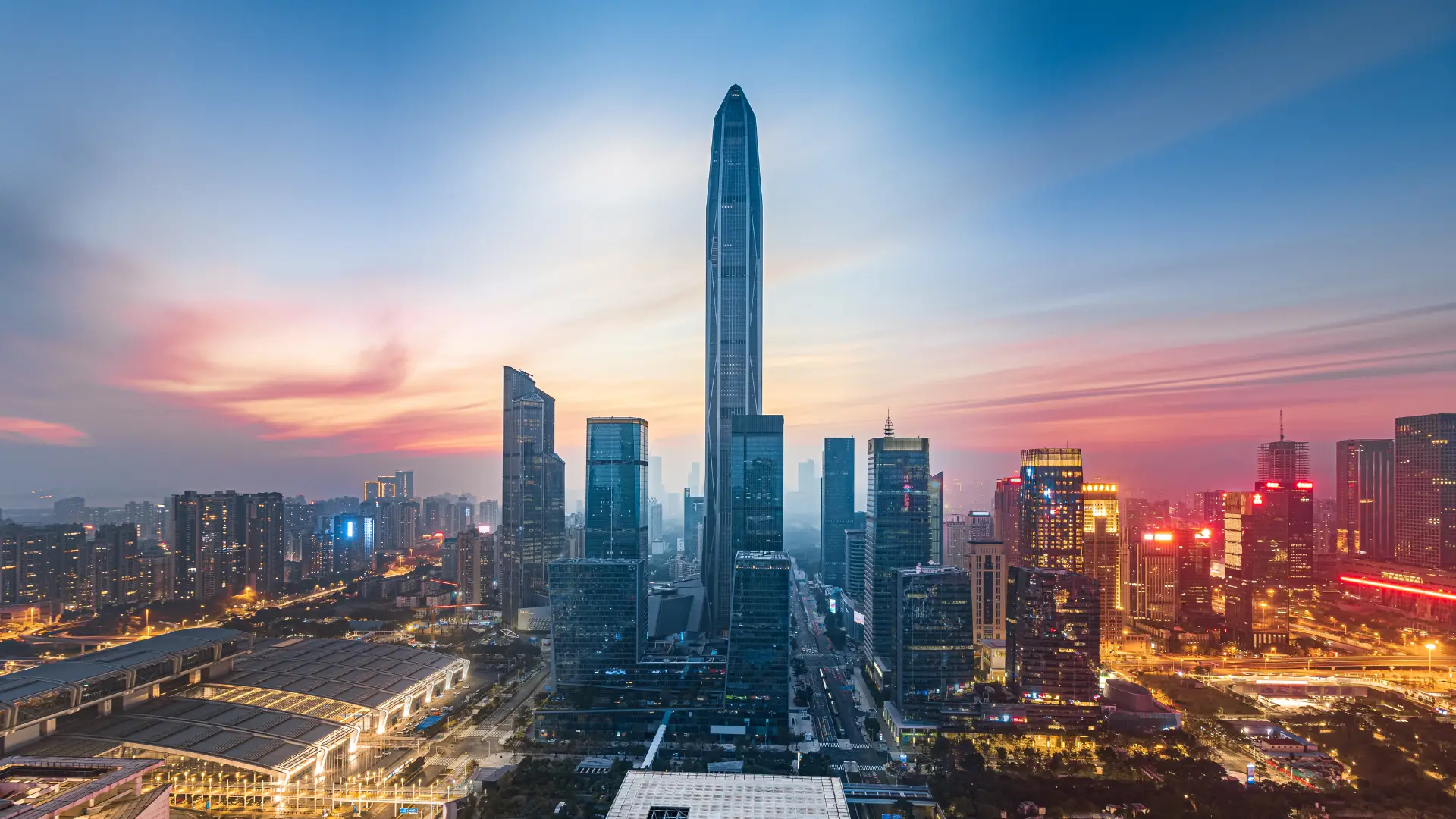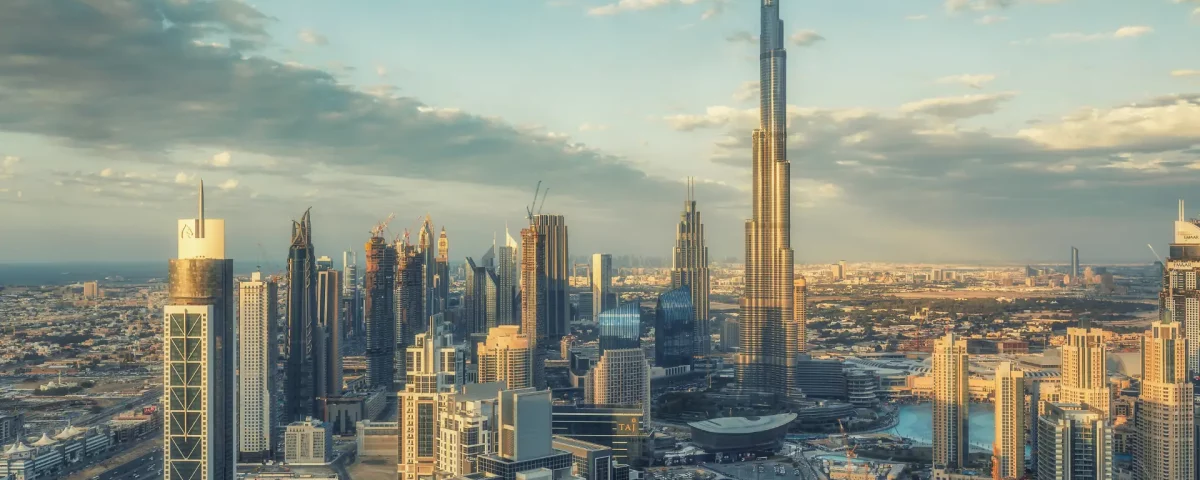
Design Strategies for Building Skyscrapers: A Comprehensive Study of the World's Five Tallest Buildings
Introduction
Skyscrapers stand as towering icons of human achievement, where architectural ingenuity, engineering marvels, and sustainable practices converge. This in-depth article will explore the multifaceted design strategies involved in constructing skyscrapers, with a focus on the world's five tallest buildings. Additionally, we will delve into the latest technologies, multifunctional applications, and materials that make these structures more than just architectural feats.
Design Strategies for Building Skyscrapers
- Foundation and Structural Engineering:
Foundations:Skyscrapers necessitate deep foundations. Innovations in foundation design include the use of friction piles, caissons, and mats to provide stability and counteract seismic forces.
Advanced Materials: High-strength concrete and steel reinforced with fiber reinforcement are employed to withstand immense vertical and lateral loads.
- Materials and Construction Techniques:
Steel and Reinforced Concrete:The primary materials of choice for skyscraper construction due to their strength and durability.
Advanced Construction Methods:Slipforming, jumpforming, and prefabricated modular construction techniques expedite the building process.
- Wind Engineering:
Wind-Tunnel Testing: Skyscrapers undergo extensive wind-tunnel testing and computational fluid dynamics (CFD) simulations to optimize aerodynamic shapes and reduce wind-induced sway.
Tuned Mass Dampers:Advanced damping systems, such as tuned mass dampers, are used to mitigate building movement during high winds.
- Vertical Transportation:
Ropeless Elevators:The latest elevator technologies include ropeless elevators, which are more energy-efficient and enable faster vertical transportation.
Destination Control Systems:Algorithms optimize elevator movement, reducing wait times and energy consumption.
- Facade and Cladding Systems:
Double-Skin Facades:These facades provide thermal insulation, soundproofing, and natural ventilation while enhancing energy efficiency.
Green Facades:Vertical gardens and green facades contribute to sustainability by reducing heat absorption and promoting biodiversity.
Case Study: The World's Five Tallest Buildings
- Burj Khalifa (Dubai, UAE):
Latest Technology: The Burj Khalifa incorporates state-of-the-art elevators, including the world's fastest double-decker elevators that reach speeds of up to 40 miles per hour.
Sustainability:Its cooling system utilizes condensate water collected from the building's cooling coils.
- Shanghai Tower (Shanghai, China):
Latest Technology:The building's twist shape reduces wind loads and maximizes energy efficiency by minimizing direct sunlight exposure.
Sustainability: It employs a transparent second skin to enhance insulation and reduce energy costs.
- Abraj Al Bait Clock Tower (Mecca, Saudi Arabia):
Latest Technology:The tower houses the world's largest clock face, featuring intricate mechanical elements.
Sustainability:Sustainable practices are emphasized in its design, with a focus on energy-efficient lighting and HVAC systems.
- Ping An Finance Center (Shenzhen, China):
Latest Technology: It utilizes advanced wind-tunnel testing and seismic analysis to optimize structural performance.
Sustainability:Double-skin facade and efficient lighting systems contribute to reduced energy consumption.
- Lotte World Tower (Seoul, South Korea):
Latest Technology: Sky gardens at various levels incorporate advanced irrigation systems, enabling lush greenery within the building.
Sustainability:The tower boasts efficient heating, ventilation, and air conditioning (HVAC) systems for reduced energy consumption.
Multifunctional Use of Skyscrapers and Building Materials
Skyscrapers today serve multiple purposes beyond providing office or residential spaces:
- Mixed-Use Developments:Many tall buildings integrate offices, hotels, residences, and retail spaces, offering a one-stop solution for work, leisure, and living.
- Green Materials:Sustainable materials like low-emissivity glass, recycled steel, and locally sourced wood are increasingly used in skyscraper construction, reducing environmental impact.
- 3.Efficient Insulation:High-performance insulation materials enhance energy efficiency, reducing heating and cooling demands.
- 4.Adaptive Reuse:Old skyscrapers are often retrofitted and repurposed to meet modern energy and sustainability standards, extending their lifespans.
Conclusion
The design of skyscrapers is a complex interplay of engineering prowess, advanced materials, cutting-edge technologies, and sustainability practices. As evidenced by the world's five tallest buildings, such structures have become more than just architectural wonders; they serve as multifunctional hubs and symbols of human achievement.
Incorporating the latest technologies, such as ropeless elevators, double-skin facades, and wind-tunnel testing, skyscrapers are pushing the boundaries of what is possible in terms of sustainability, energy efficiency, and functionality. As the demand for taller, more innovative structures continues to rise, the skyscraper industry will remain at the forefront of architectural and engineering innovation.



















